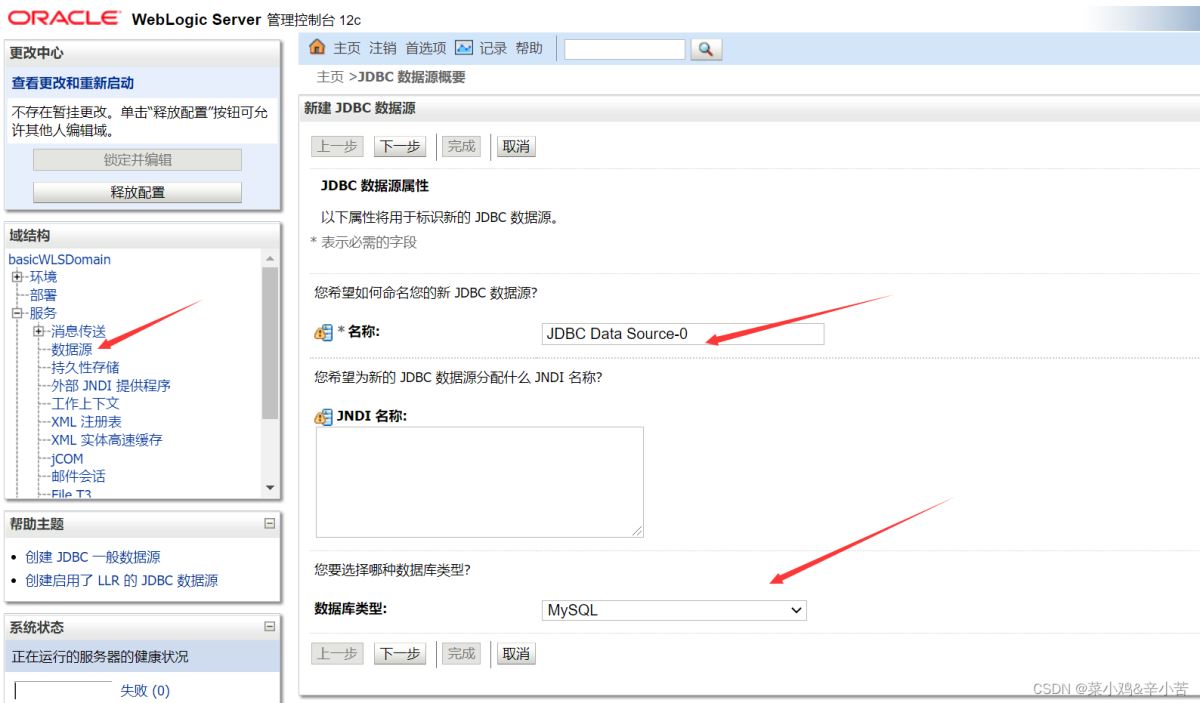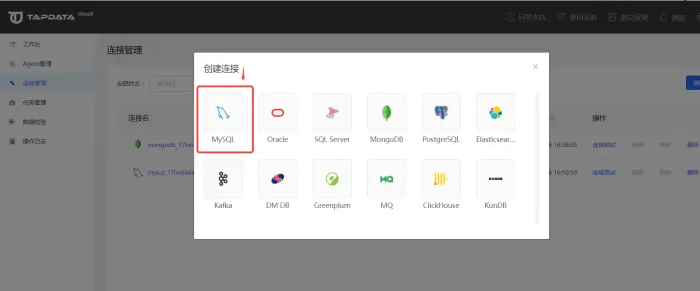|
USERNAME
|
VARCHAR2(128)
|
NOT NULL
|
Name of the user
|
|
USER_ID
|
NUMBER
|
NOT NULL
|
ID number of the user
|
|
ACCOUNT_STATUS
|
VARCHAR2(32)
|
NOT NULL
|
Account status:
-
OPEN
The account is open.
-
EXPIRED
The password for the account is expired, either because the PASSWORD_LIFE_TIME limit was reached or because the password was expired by the ALTER USER … PASSWORD EXPIRE command. The user can log in with the expired password, then change the password.
-
EXPIRED(GRACE)
The password for the account is expired because the PASSWORD_LIFE_TIME limit was reached, but the password change grace period (PASSWORD_GRACE_TIME) has not yet elapsed. The user can log in with the expired password, but will receive an ORA-28002 warning as a reminder that the password must soon be changed. If the PASSWORD_GRACE_TIME elapses, the user can log in with the expired password, then change the password.
-
LOCKED
The account is locked, either by the ALTER USER … ACCOUNT LOCK command, or because the number of consecutive failed login attempts exceeded the FAILED_LOGIN_ATTEMPTS limit and the value of PASSWORD_LOCK_TIME is UNLIMITED. The account can be unlocked by the ALTER USER … ACCOUNT UNLOCK command.
-
LOCKED(TIMED)
The account is locked because the number of consecutive failed login attempts exceeded the FAILED_LOGIN_ATTEMPTS limit and the PASSWORD_LOCK_TIME has not yet elapsed. The account can be unlocked either by the ALTER USER … ACCOUNT UNLOCK command or by waiting until the PASSWORD_LOCK_TIME has elapsed.
-
EXPIRED & LOCKED
The password for the account is expired, as described for the EXPIRED account status, and the account is locked as described for the LOCKED account status. The account can first be unlocked as described for the LOCKED account status, then the password can be changed as described for the EXPIRED account status.
-
EXPIRED(GRACE) & LOCKED
The password for the account is expired, as described for the EXPIRED(GRACE) account status, and the account is locked as described for the LOCKED account status. The account can first be unlocked as described for the LOCKED account status, then the password can be changed as described for the EXPIRED(GRACE) account status.
-
EXPIRED & LOCKED(TIMED)
The password for the account is expired, as described for the EXPIRED account status, and the account is locked as described for the LOCKED(TIMED) account status. The account can first be unlocked as described for the LOCKED(TIMED) account status, then the password can be changed as described for the EXPIRED account status.
-
EXPIRED(GRACE) & LOCKED(TIMED)
The password for the account is expired, as described for the EXPIRED(GRACE) account status, and the account is locked as described for the LOCKED(TIMED) account status. The account can first be unlocked as described for the LOCKED(TIMED) account status, then the password can be changed as described for the EXPIRED(GRACE) account status.
-
OPEN & IN ROLLOVER
The account is in the password rollover period. The user can log in with either the earlier password or the new password. However, at the time the user logs in, the server recalculates whether the account is still in its password rollover period. If the password rollover period has elapsed, then the login will succeed only if the new password was specified, and the account status will change to OPEN.
-
EXPIRED & IN ROLLOVER
The account is in the password rollover period and the password is expired as described for the EXPIRED account status. The user can log in with either the earlier password or the new password. However, at the time the user logs in, the server recalculates whether the account is still in its password rollover period. If the password rollover period has elapsed, then the login will succeed only if the new password was specified, and the account status will change to EXPIRED. After logging in, the user will be prompted to change the password.
-
LOCKED & IN ROLLOVER
The account is in the password rollover period and is also locked as described for the LOCKED account status. The account can be unlocked as described for the LOCKED account status, after which the user can log in as described for the OPEN & IN ROLLOVER account status.
-
EXPIRED & LOCKED & IN ROLLOVER
The account is in the password rollover period, its password is expired as described for the EXPIRED account status, and the account is locked as described for the LOCKED account status. The account can be unlocked as described for the LOCKED account status, after which the user can log in as described for the EXPIRED & IN ROLLOVER account status.
-
LOCKED(TIMED) & IN ROLLOVER
The account is in the password rollover period and is also locked as described for the LOCKED(TIMED) account status. The account can be unlocked as described for the LOCKED(TIMED) account status, after which the user can log in with either the earlier password or the new password. However, at the time the user logs in, the server recalculates whether the account is still in its password rollover period. If the password rollover period has elapsed, then the login will succeed only if the new password was specified.
-
EXPIRED & LOCKED(TIMED) & IN ROL
The account is in the password rollover period, its password is expired as described for the EXPIRED account status, and the account is locked as described for the LOCKED(TIMED) account status. The account can be unlocked as described for the LOCKED(TIMED) account status, after which the user can log in as described for the EXPIRED & IN ROLLOVER account status.
|
|
LOCK_DATE
|
DATE
|
|
Date the account was locked if account status was LOCKED
|
|
EXPIRY_DATE
|
DATE
|
|
Date of expiration of the account
|
|
DEFAULT_TABLESPACE
|
VARCHAR2(30)
|
NOT NULL
|
Default tablespace for data
|
|
TEMPORARY_TABLESPACE
|
VARCHAR2(30)
|
NOT NULL
|
Name of the default tablespace for temporary tables or the name of a tablespace group
|
|
LOCAL_TEMP_TABLESPACE
|
VARCHAR2(30)
|
|
Default local temporary tablespace for the user
|
|
CREATED
|
DATE
|
NOT NULL
|
User creation date
|
|
INITIAL_RSRC_CONSUMER_GROUP
|
VARCHAR2(128)
|
|
Initial resource consumer group for the user
|
|
EXTERNAL_NAME
|
VARCHAR2(4000)
|
|
User external name. For centrally managed users, if the database user mapping is an exclusive mapping, then this will be the directory service DN for the user. If this database user is a shared schema, it will be the DN of a group.
|
|
PROXY_ONLY_CONNECT
|
VARCHAR2(1)
|
|
Indicates whether a user can connect directly (N) or whether the account can only be proxied (Y) by users who have proxy privileges for this account (that is, by users who have been granted the “connect through” privilege for this account).
For more information about creating proxy user accounts and authorizing users to connect through them, see Oracle Database Security
Guide.
|
|
COMMON
|
VARCHAR2(3)
|
|
Indicates whether a given user is common. Possible values
|
|
ORACLE_MAINTAINED
|
VARCHAR2(1)
|
|
Denotes whether the user was created, and is maintained, by Oracle-supplied scripts (such as catalog.sql or catproc.sql). A user for which this column has the value Y must not be changed in any way except by running an Oracle-supplied script.
|
|
INHERITED
|
VARCHAR2(3)
|
|
Indicates whether the user definition was inherited from another container (YES) or not (NO)
|
|
DEFAULT_COLLATION
|
VARCHAR2(100)
|
|
Default collation for the user’s schema
|
|
IMPLICIT
|
VARCHAR2(3)
|
|
Indicates whether this user is a common user created by an implicit application (YES) or not (NO)
|
|
ALL_SHARD
|
VARCHAR2(3)
|
|
In a sharded database, the value in this column indicates whether the user was created with shard DDL enabled. The possible values are:
-
YES: The user was created with shard DDL enabled. The user exists on all shards and the shard catalog.
-
NO: The user was created without shard DDL enabled. The user exists only in the database in which the user was created.
In a non-sharded database, the value in this column is always NO.
|
|
EXTERNAL_SHARDFoot 1
|
VARCHAR2(3)
|
|
In a federated sharded database, the value in this column indicates whether the user is an external shard user (YES) or not (NO).
In other types of databases, the value in this column is always NO.
|
|
PASSWORD_CHANGE_DATE
|
DATE
|
|
Date on which the user’s password was last set
This column is populated only when the value of the AUTHENTICATION_TYPE column is PASSWORD. Otherwise, this column is null.
|
|
MANDATORY_PROFILE_VIOLATIONFoot 1
|
VARCHAR2(3)
|
|
If the value in this column is YES, then the user account password violates the mandatory profile password complexity requirements and must be changed before the grace period expires.
Otherwise, the value in this column is NO.
|




